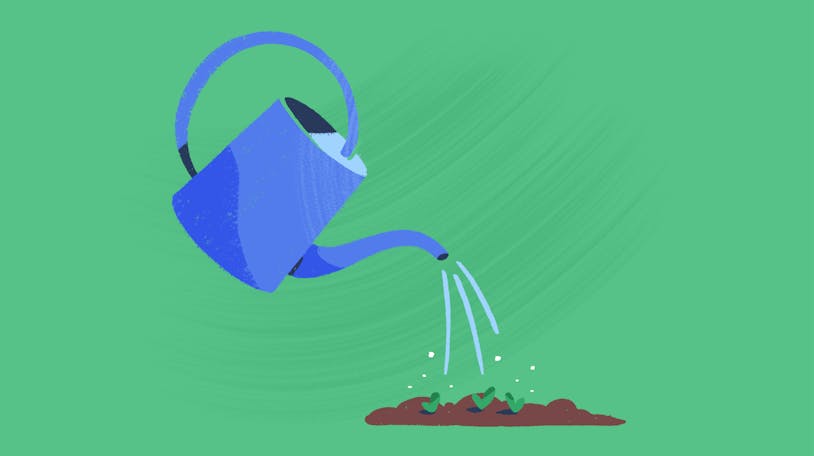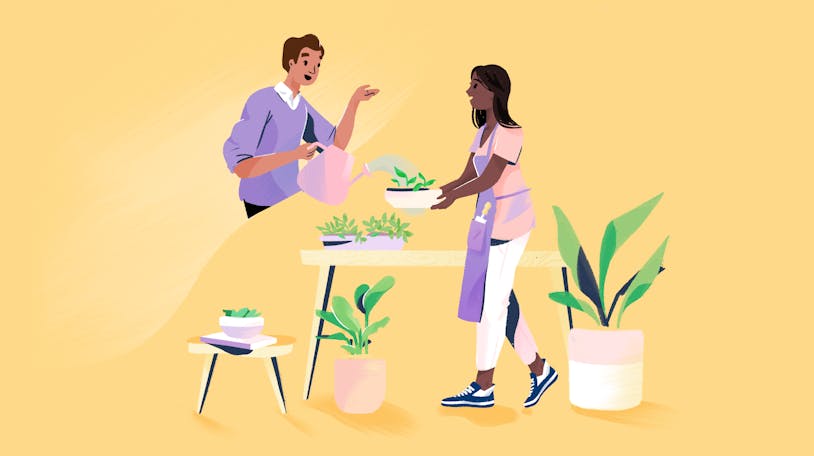Customer Experience vs. Customer Success: Explained


Many want to draw strict boundaries around customer experience and customer success, but I find it much more satisfying to live inside the spectrum rather than at the edges.
I see customer experience and customer success as flavors inside the same ice cream parlor of treating the customer well. If you’re doing it right, you’re delivering a great experience that helps them successfully use your product or service.
What is customer experience?
Customer experience (CX) considers the customer from the very beginning, even before the customer knows they’ve entered a particular “journey.” It focuses on creating an abundance of positive experiences to enhance the customer’s relationship with the brand or product.
A positive customer experience might not necessarily result in a sale in a particular moment, but by creating and delivering a great experience, the company positions the customer to be more likely to purchase in the future.
Customer experience relies on understanding how customers are thinking and feeling about their interactions with your company, creating internal frameworks to help amplify processes and stories when things go right, and restoring relationships when things go wrong.
Every interaction, whether it’s a marketing outreach, the human-to-human interaction in a store, a digital presence, or an interaction with customer service, feeds into the understanding and development of a great customer experience.
What is customer success?
Often found in SaaS providers but not limited to that space, customer success (CS) works to understand how the customer engages with the product post-sale and identifies ways to optimize that engagement.
Optimize means many different paths in customer success. As a CS team identifies additional features that would benefit the customer, they reveal and explain those to the customer. This both provides greater benefit to the customer and often a path to increased revenue for the company.
Additionally, it is typically the CS team’s role to understand both the delightful and the frustrating customer interactions with the product. Using that understanding, the CS team works with the product teams to amplify the delights and improve the frustration points.
The customer success lens for the overall customer journey tends to center around:
Onboarding: Getting a new customer set up and optimized on a product.
Escalations: Addressing issues that rise above the scope for mainline customer service.
Renewals: For products with a fixed but renewable relationship, CS works to ensure the customer stays with the company/product.
The differences between customer success and customer experience
If you're thinking that customer success and customer experience sound very similar, you're not alone. In fact, as each discipline matures, they are finding more and more areas of overlap — and that’s a good thing.
Recall that both customer experience and customer success have the same end goal in mind: a positive and financially successful relationship between the customer and the company.
However, in recognizing the similarities between customer experience and customer success, there are a couple of key points of differentiation:
Location in the customer journey: Customer experience starts before the customer is aware they are in the buying journey, while customer success focuses on the post-sale time frame.
Team goals: Customer experience strives to build an overall positive relationship and experience with the customer, while customer success strives to help the customer get the most out of a specific product or service.
Deliver great outcomes for your customers
Though there are general similarities and differences between customer experience and customer success, don’t get caught up in trying to determine which discipline is more important and which group does exactly which tasks.
Realize that both customer experience and customer success exist to deliver great outcomes for the customer — and that’s what a true customer-centric company should strive to do.




